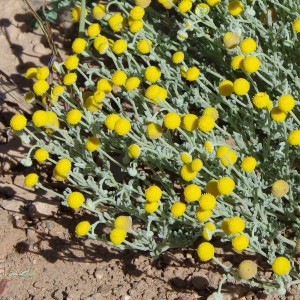 Smart Citations
Smart CitationsSee how this article has been cited at scite.ai
scite shows how a scientific paper has been cited by providing the context of the citation, a classification describing whether it supports, mentions, or contrasts the cited claim, and a label indicating in which section the citation was made.
Wound healing and analgesic effects of Brocchia cinerea essential oil in experimental animals
This study aimed to identify the main components of the essential oil extracted from Brocchia cinerea (Delile) Vis. via hydrodistillation and investigate its in vivo wound healing and analgesic properties. Thujone, santolina triene, camphor, and 1,8-cineole were among the compounds detected. Wounds were induced in mice and treated with essential oil, which resulted in accelerated wound healing and repair through topical application (88.1±1.1%). The study also evaluated the analgesic activity of the essential oil by administering intraperitoneal injections of acetic acid to mice. The results showed that B. cinerea essential oil at a dose of 400 mg/kg strongly inhibited pain, with a pain inhibition percentage of 95.5%. These findings indicate that the essential oil of B. cinerea has potential as a source of bioactive compounds that may have synergistic effects. Based on these results, the use of B. cinerea for therapeutic purposes in preventing pain and promoting wound healing is supported. These findings highlight the potential of B. cinerea in paving the way for future research aimed at the development of clinically valuable products.
How to Cite

This work is licensed under a Creative Commons Attribution-NonCommercial 4.0 International License.
PAGEPress has chosen to apply the Creative Commons Attribution NonCommercial 4.0 International License (CC BY-NC 4.0) to all manuscripts to be published.

 https://doi.org/10.4081/jbr.2023.11346
https://doi.org/10.4081/jbr.2023.11346




